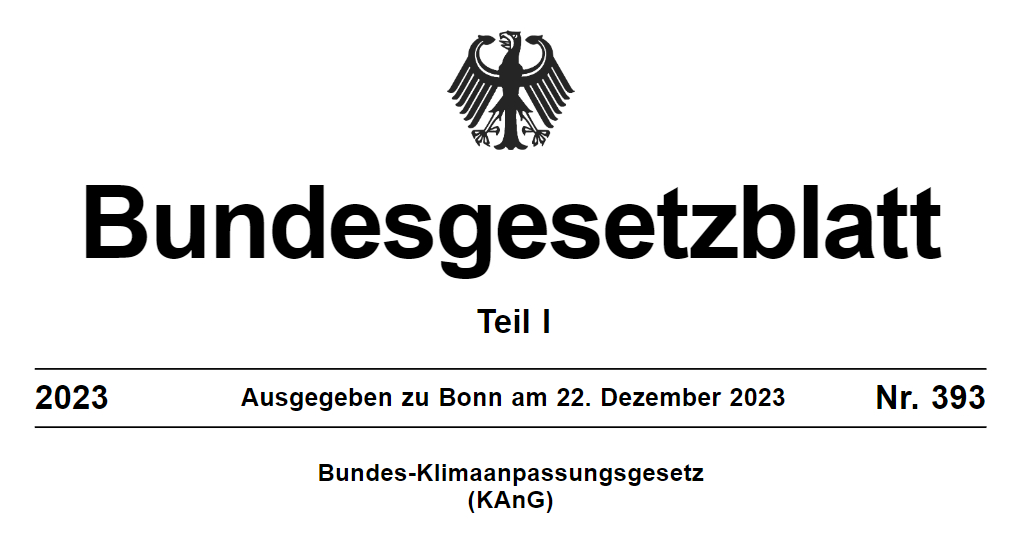For a better reading experience, download the pdf!
Climate Clock is ticking: Only 6 more years
In the latest assessment by the Intergovernmental Panel on Climate Change (IPCC), it was determined that a maximum of 500 billion tonnes of carbon dioxide can still be emitted globally to maintain the legally binding Paris Climate Agreement goal of “not more than 1.5 degrees” realistically. However, more recent estimations conclude that only 250 billion tonnes can be further be emitted to have at least a fifty percent chance of staying below the 1.5-degree threshold. To set this in context, in 2022 the world emitted 36.6 billion tonnes of CO2eq slightly more than in 2021.

[1] In terms of years, this translates to 6 more years of business as usual before the emission contingent aligned with the 1.5-degree target is exhausted. This, in turn, implies that the ambitious climate goal of the Paris Climate Agreement could potentially be set aside already before the beginning of the next decade, unless radical – but unrealistic – emission reductions are decided and implemented. Consequently, global transition to clean energy must be achieved much earlier, and global net-zero emissions should be reached by around 2034 – about 10 years from now!
Waiting for a miracle
It’s getting extremely tight for the 1.5-degree goal, and data shows that we have not reached the peak of global emissions yet – that is foreseen to happen by 2025. According to the Climate Action Tracker, even with all countries worldwide fulfilling their climate targets AND pledges – and it does not look likely – we will fail the 1.5-degree goal, with all its consequences.
Fortunately governments worldwide have noticed the wake-up call from IPCC and will push for a climate revolution on COP28. All nations will raise their efforts to drastically reduce their carbon footprint, updating their targets to be in line with the 1.5-degree goal and follow-up with their promises. Also the private sector will move along, moving focus completely on the climate crisis and sustainable production. Our tech-prophets and investors will reach for new levels and hold all investments and innovations in fossil fuels or commercial space travel and focus on what is important for the planet.
A miracle that one can truly not expect to happen.
“The world is failing to get a grip on the climate crisis,” United Nations Secretary-General Antonio Guterres recently said in a statement. “Inch by inch progress will not do. It is time for a climate ambition supernova in every country, city, and sector.”
So brace yourself for an international failure on the 1.5-degree goal.
Well, maybe we keep it under 2 degrees?
The authors of the new “Nature-Climate-Change” study have also calculated the budget aligned with the less ambitious Paris 2-degree target. This is estimated by the study’s team to be 940 gigatonnes. If no emissions do not exceed this boundary, there would still be a 67 % chance of not exceeding 2 degrees of warming – In the last IPCC report, this boundary was estimated with 1150 gigatonnes of CO2eq. The budget for the two-degree target would be exhausted in 23 years if emissions remain at the current level.
One can be hopeful, that we will not exhaust this budget as well. The rising number of extreme weather events and other impacts of climate change will hopefully ‘naturally’ increase the pressure on governments, so they have to push climate action that brings us somewhere between 1.5 degrees and 2 degrees of global warming– but nothing is certain.
This is not a hopeful message, as everything above 1.5 degrees of global warming has severe consequences for large regions of the world. In one way or another it will affect everyone of us. Be it directly through extreme weather events, or indirectly through higher prices for food and water or conflicts in other parts of the world that will increase migration movements. The graphic below is showcasing some of the effects happening, when we reach about 2 degrees of global warming.

Click here to find out more!
It is imperative to understand, that climate action now – indeed an expensive endeavour – will prevent high follow-up costs in future. In other words, it is cheaper to invest in emission free technologies and climate resilient infrastructure today, than bearing the consequences of inaction tomorrow. A simple message, that is true for many years and yet, fails to be understood.
Political leaders worldwide have continued to prioritise short term gains over the long run. A strategy, that will prove devastating if we don’t act fast, but will we? Or will we just continue straight to the next climate threshold? We probably will find out sooner than expected.
[1] For more information on global emissions check ourworldindata


